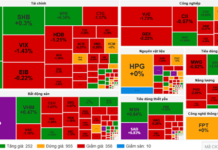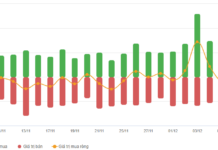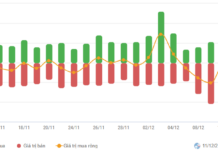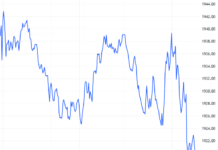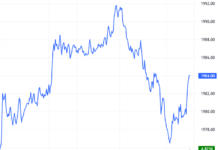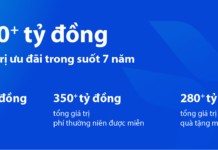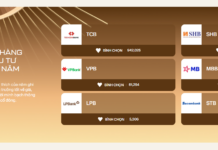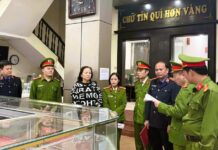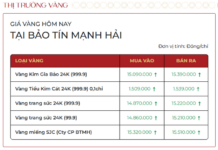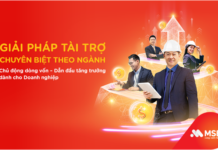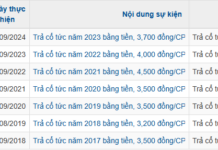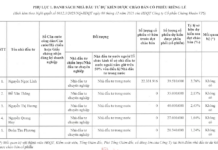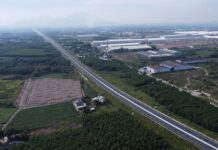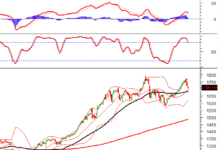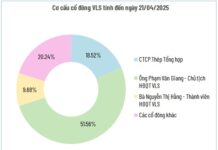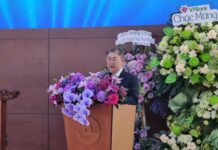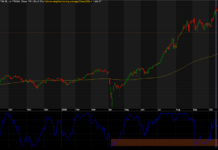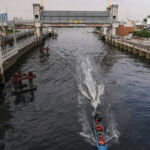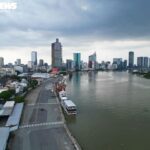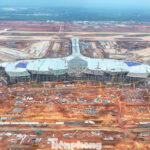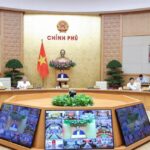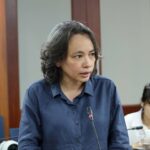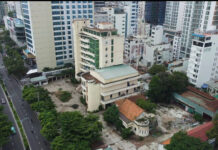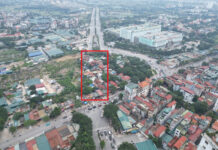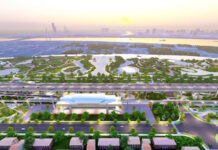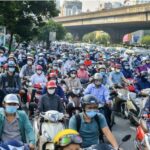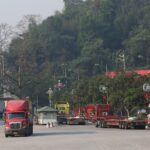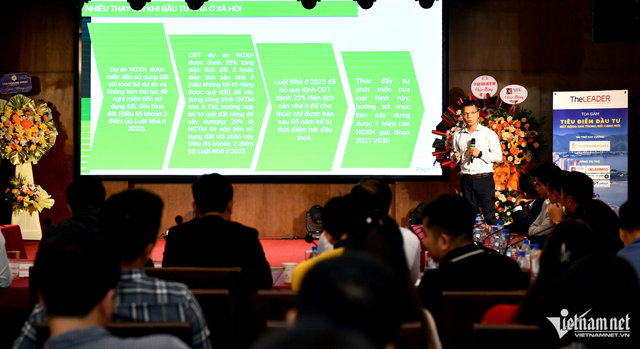A growing number of investors from the North are turning their attention to projects in the South, particularly those offering robust legal frameworks, flexible financing, and convenient transportation links. This shift comes after a prolonged period of quiet in the real estate market.
Strategic Leverage from Eastern Infrastructure
The eastern region of Ho Chi Minh City is emerging as a hub for large-scale infrastructure projects, laying the groundwork for regional connectivity and urban economic development. A standout initiative is the Ring Road 3 project, a strategic transportation axis linking Ho Chi Minh City with key provinces in the Southern Key Economic Region. The project is expected to be substantially completed by 2025, with full operational capacity anticipated by mid-2026.
At the eastern gateway, the An Phu Interchange—a critical transportation node connecting the city center with the Long Thanh – Dau Giay Expressway—is progressing rapidly. Simultaneously, the expansion of the Ho Chi Minh City – Long Thanh – Dau Giay Expressway to eight lanes has commenced under an emergency construction protocol, with completion slated for late 2026.
The city has also proposed the inclusion of the Thu Thiem – Long Thanh metro line, approximately 48 km in length, as a priority project. This line will establish a direct connection with the future Long Thanh International Airport.
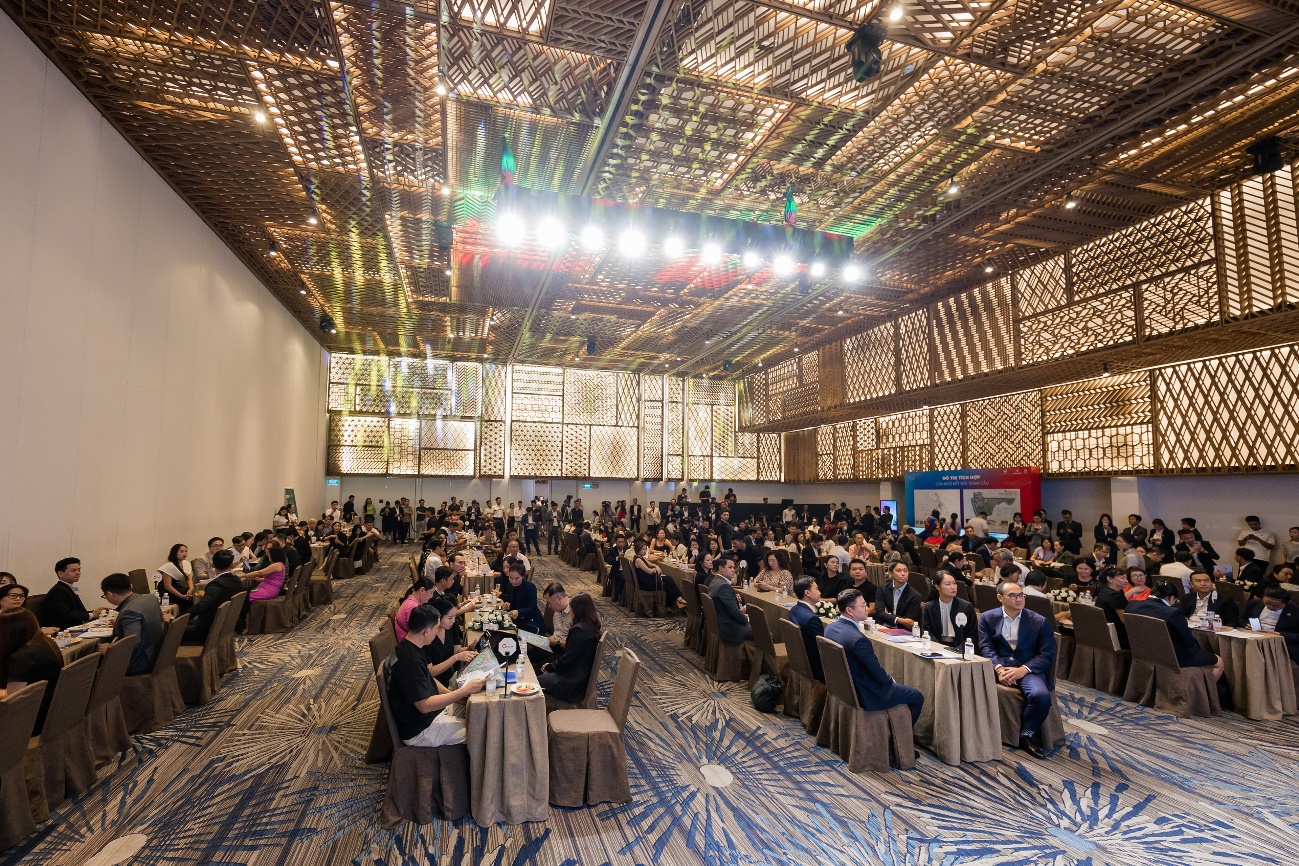
Overview of the “Riding the Infrastructure Wave, Vibrant Eastern Gateway” event on October 19, 2025. Image link.
Under its 2030 development plan and 2050 vision, Dong Nai aims to become a centrally governed city, leading in high-tech industrial development and boasting a synchronized, intelligent, and modern infrastructure system.
Additionally, Dong Nai plays a pivotal role in connecting logistics, industrial, and service hubs, linking production centers (such as the former Binh Duong), logistics and residential hubs (Dong Nai), and service and financial centers (Ho Chi Minh City).
Attractive Pricing and Transparent Legal Frameworks
Amid economic fluctuations and tighter legal and tax regulations curbing real estate price growth, the eastern gateway has emerged as a focal point for residential projects offering more competitive pricing compared to other areas, coupled with a strong emphasis on legal compliance.
The Izumi Canaria subdivision within the integrated Izumi City urban area in Dong Nai is a collaborative development by Nam Long and two strategic Japanese partners, Hankyu Hanshin Properties and Tokyu Corporation. Notably, the Izumi Canaria compound has received sales approval, ensuring legal security for buyers and investors.
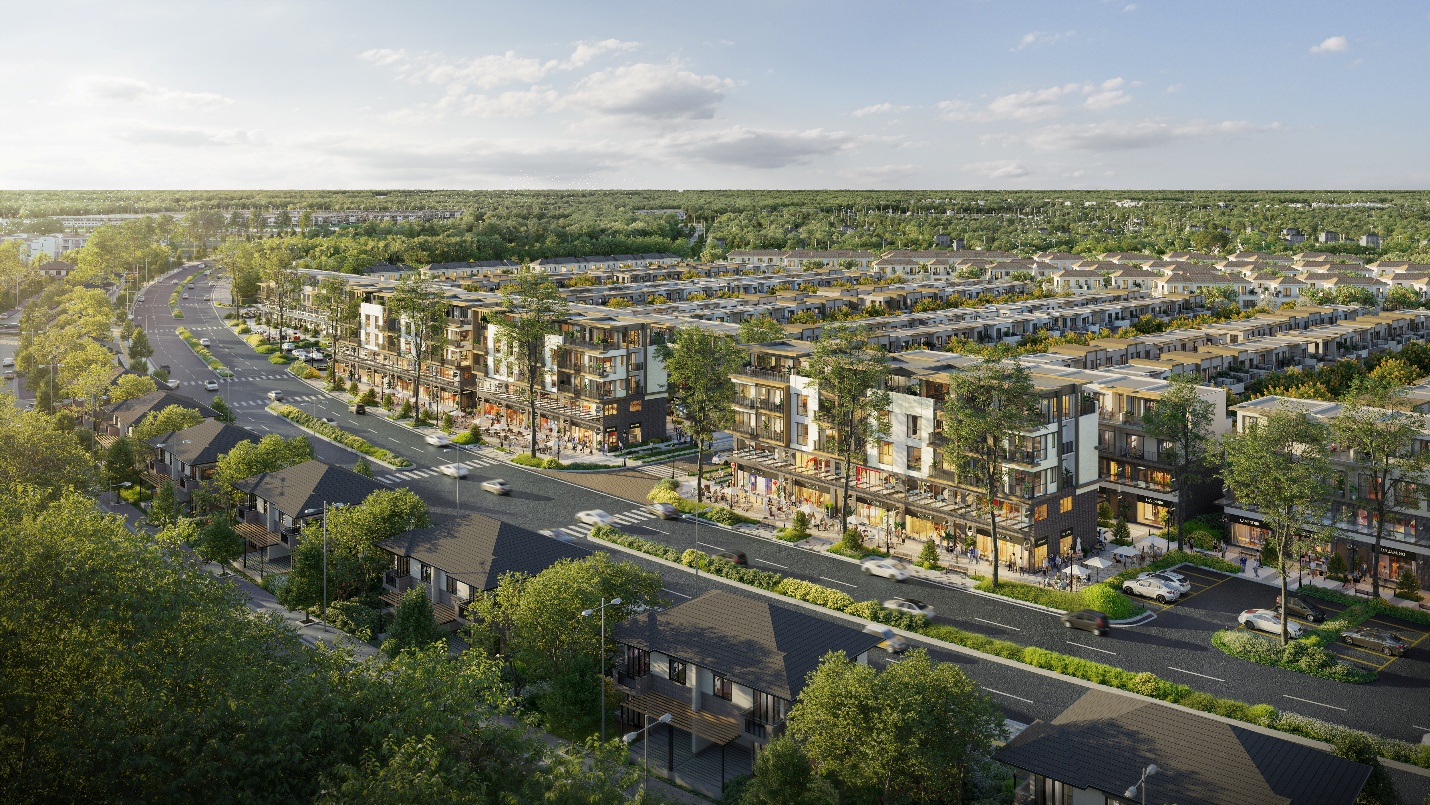
Izumi Canaria is the second low-rise subdivision of Izumi City to receive sales approval.
The subdivision features 461 low-rise residential units, including detached and semi-detached villas, garden townhouses, and shophouses, designed in a blend of contemporary and Southern European styles. The design prioritizes green spaces and natural ventilation.
Strategically located along Huong Lo 2 Road on the banks of the Dong Nai River, the project offers quick access to Ho Chi Minh City, Long Thanh International Airport, and key industrial zones in Dong Nai, all within a 15-minute drive.
“We are confident that the Izumi Canaria subdivision will continue to attract customers for both residential and investment purposes, given the rapid and integrated development of eastern infrastructure and our commitment to delivering a range of commercial amenities, including schools, shopping centers, and sports facilities in the near future,” stated a representative of the developer.
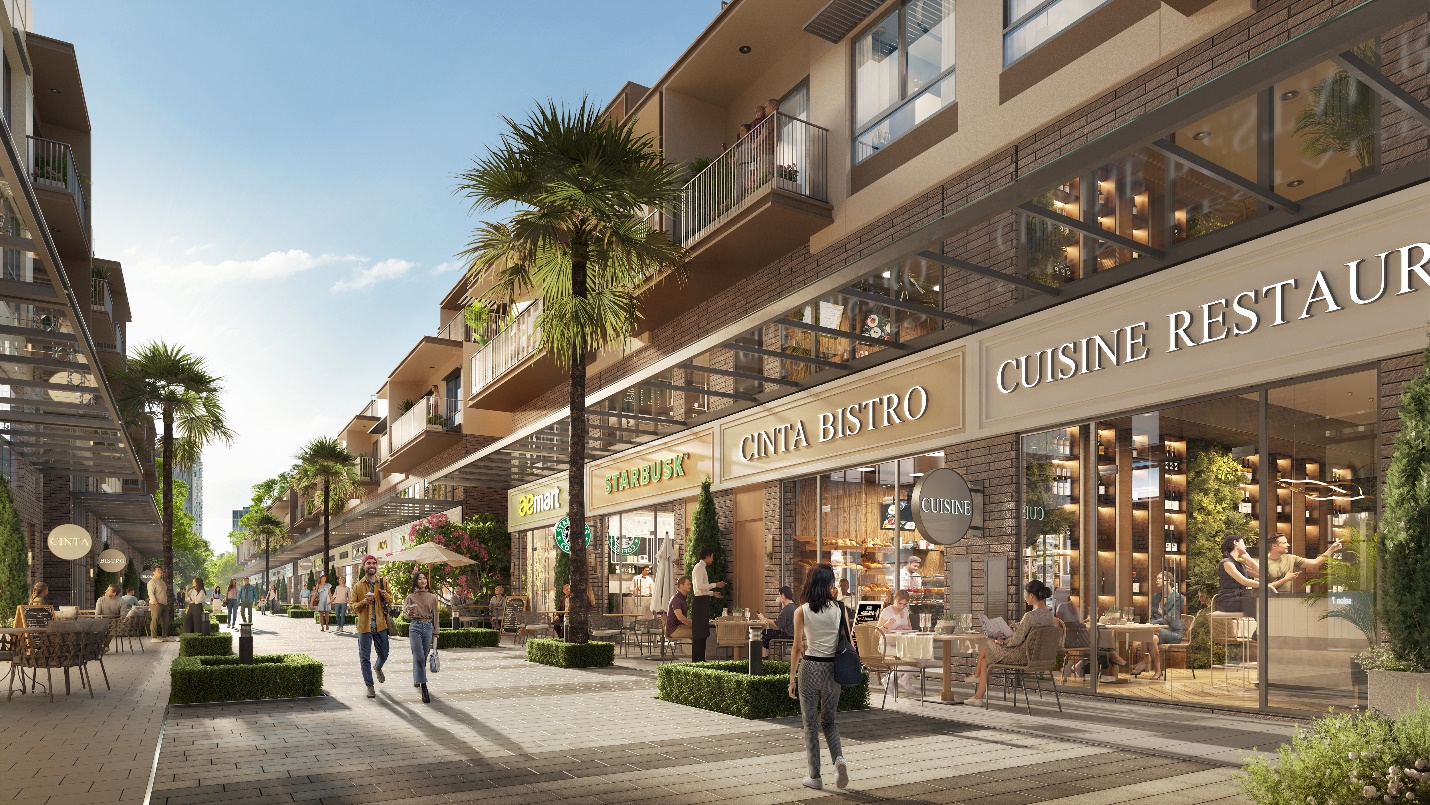
Close-up of the Izumi Canaria commercial townhouses, symbolizing the “golden era for living and investing in harmony.”
The project caters to a diverse demographic, including professionals and engineers working at Long Thanh International Airport or industrial zones in Bien Hoa (Dong Nai); Ho Chi Minh City residents seeking a green, smart, and sustainable living environment; investors looking to capitalize on post-merger market trends; and families aiming to secure stable assets for future generations.
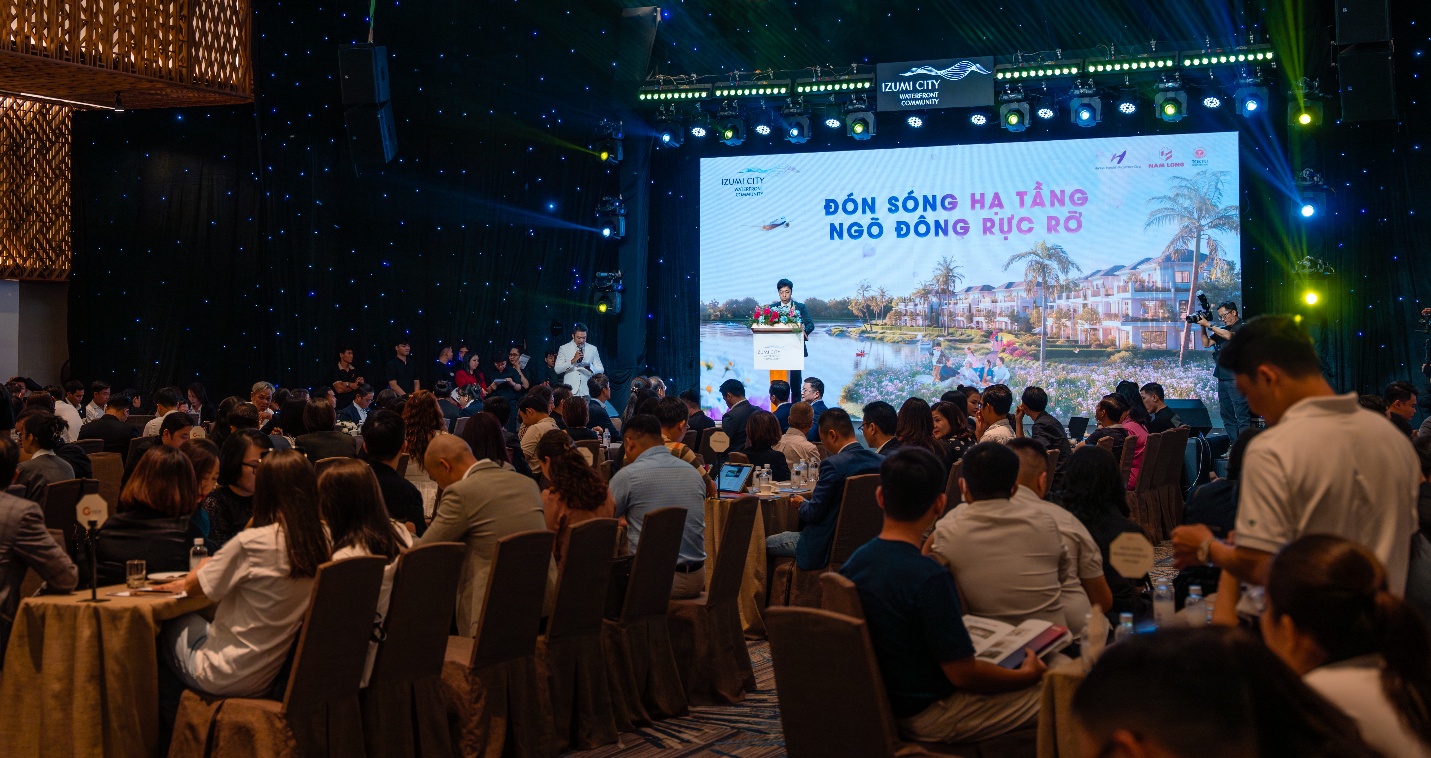
The eastern infrastructure wave and the security of transparent legal frameworks and flexible payment options at Izumi Canaria.
The developer offers attractive financial support policies, partnering with investors through flexible payment solutions tied to 12-month, 24-month, and 36-month handover schedules, each with its own tiered incentives.
Prime Land Parcels Allocated for Payment in Ho Chi Minh City’s $430 Million Flood Control Project
The Task Force has proposed that the Ho Chi Minh City People’s Committee approve the addition of two land plots—420 No Trang Long (now Vu Ngoc Phan) in Binh Loi Trung Ward and 257 Tran Hung Dao in Cau Ong Lanh Ward—to the BT contract appendix for the 10-trillion-VND anti-flooding project.
2021-2025 Term: Government Resilience and Lasting Values
Perhaps no term in the history of the Vietnamese government has begun amidst such formidable challenges. As the 2021–2025 administration assumed office, the COVID-19 pandemic was at its peak, global supply chains were disrupted, the world economy had plunged into recession, and pressing issues like climate change, geopolitical conflicts, energy crises, and food security loomed large.
Unlocking Maritime Tourism Potential: Ho Chi Minh City Collaborates to Overcome Challenges
On the afternoon of October 23rd, during a press conference addressing Ho Chi Minh City’s socio-economic developments, Ms. Nguyen Thi Thanh Thao, Head of the Tourism Resource Development Planning Department (Department of Tourism), announced that the city is piloting the reception of international cruise ships at the Cai Mep – Thi Vai port area.

